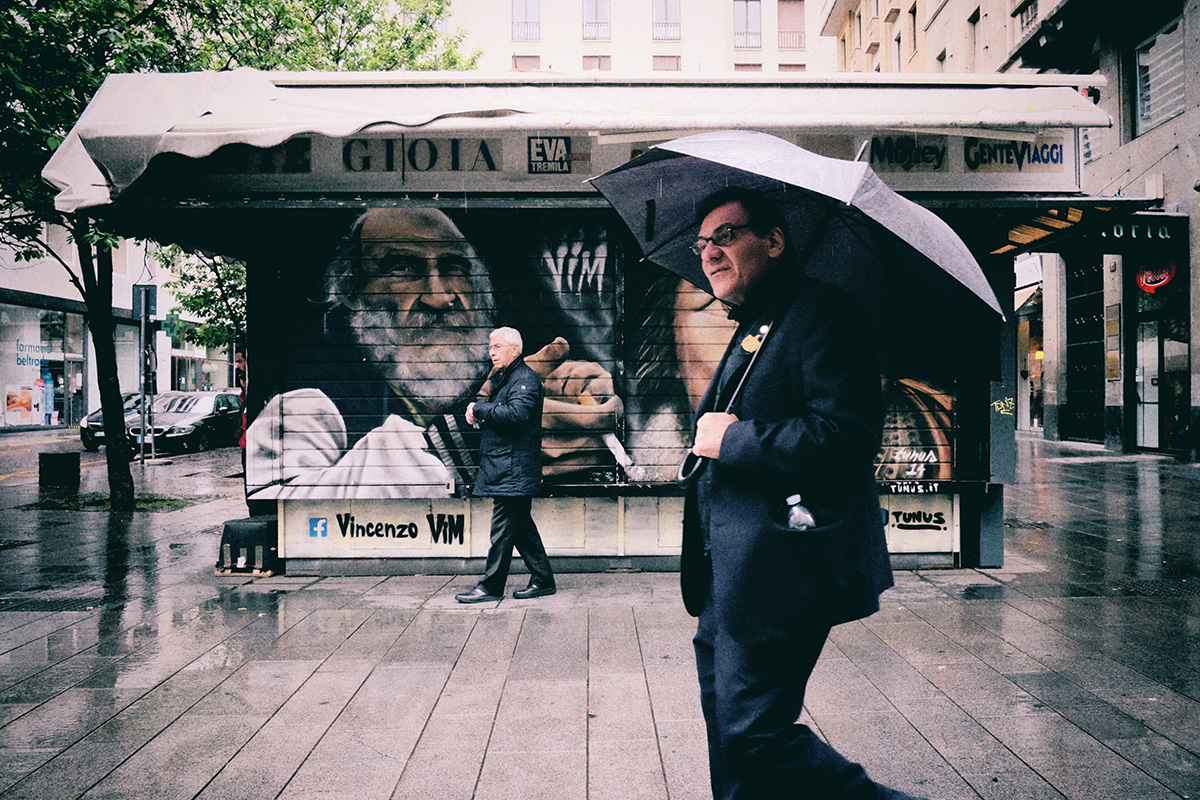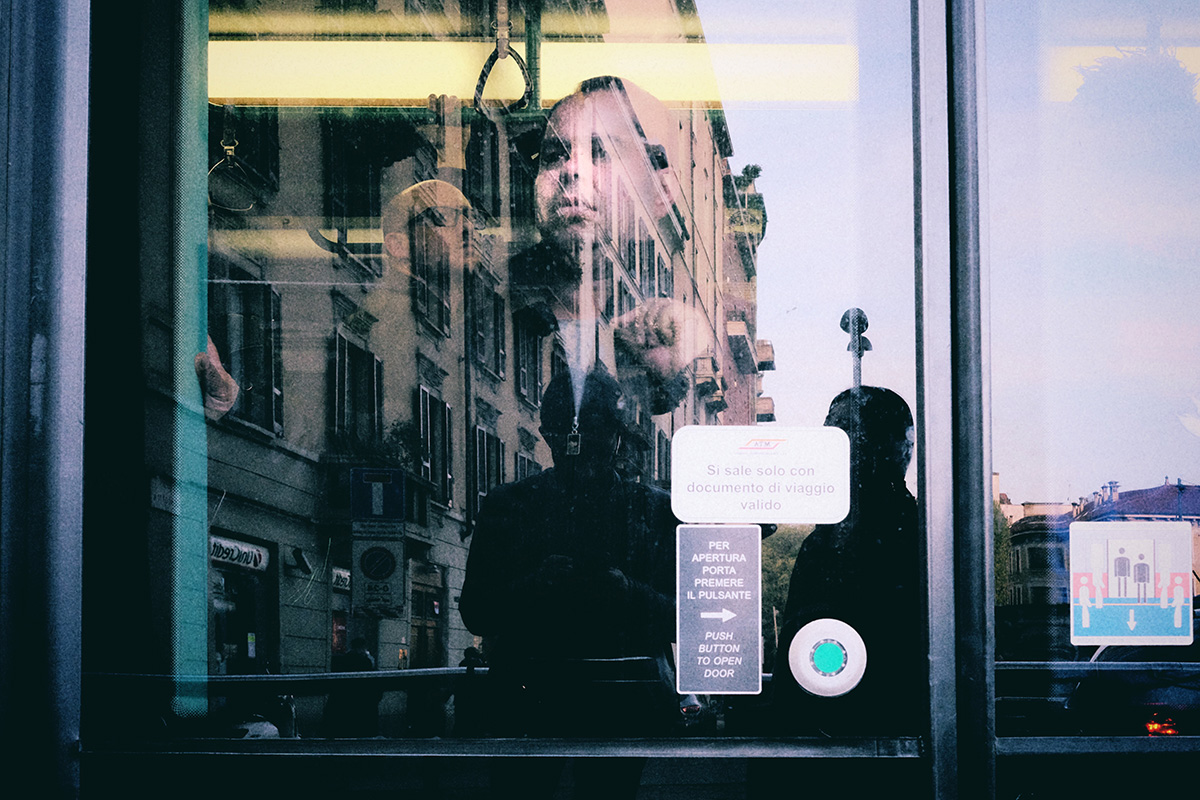Italian photographer, Daniele Martire, shoots, edits and uploads his photo on the go
Today we bring you an interview to the italian photographer, Daniele Martire.
Just a curiosity, he shoots, edits and uploads his photo on the go, just using his X-E2/X-pro2 and iPhone.
Hello Daniele! Can we start with your introduction?
Sure! I am Daniele Martire, a full time Project Manager with a strong attraction to design, currently living in Milano.
As you may already understand (and see from my shoots…), I do not have any artistic or photographic education (i.e. I am an engineer); I approached photography by curiosity, shooting at concerts with a film camera and making typography design on iPhone during my university days.
Now that my job is taking almost my full day, I only get to shoot during weekends and working/private travels for my own pleasure or under commission request.
For anyone interested, my complete portfolio and print request can be found here:
Eyeem danielemartire
Instagram daniele_martire
Facebook Daniele Martire photography
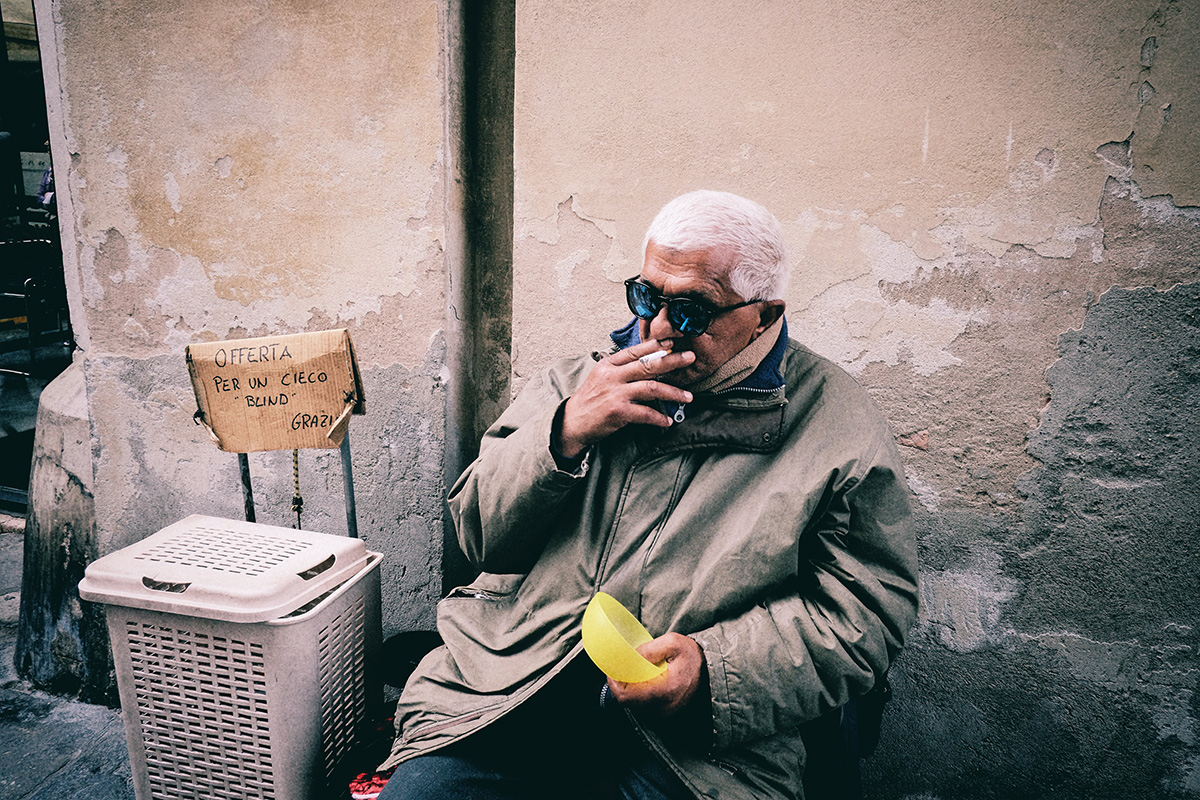

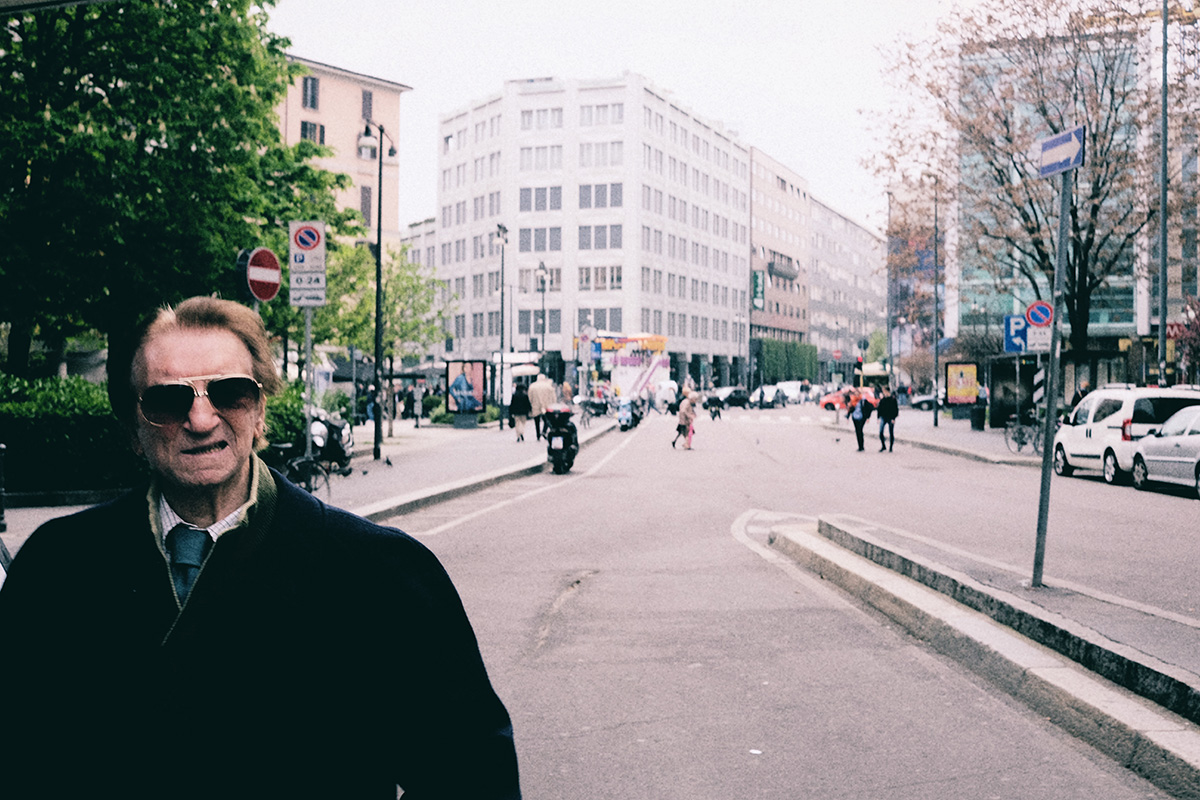

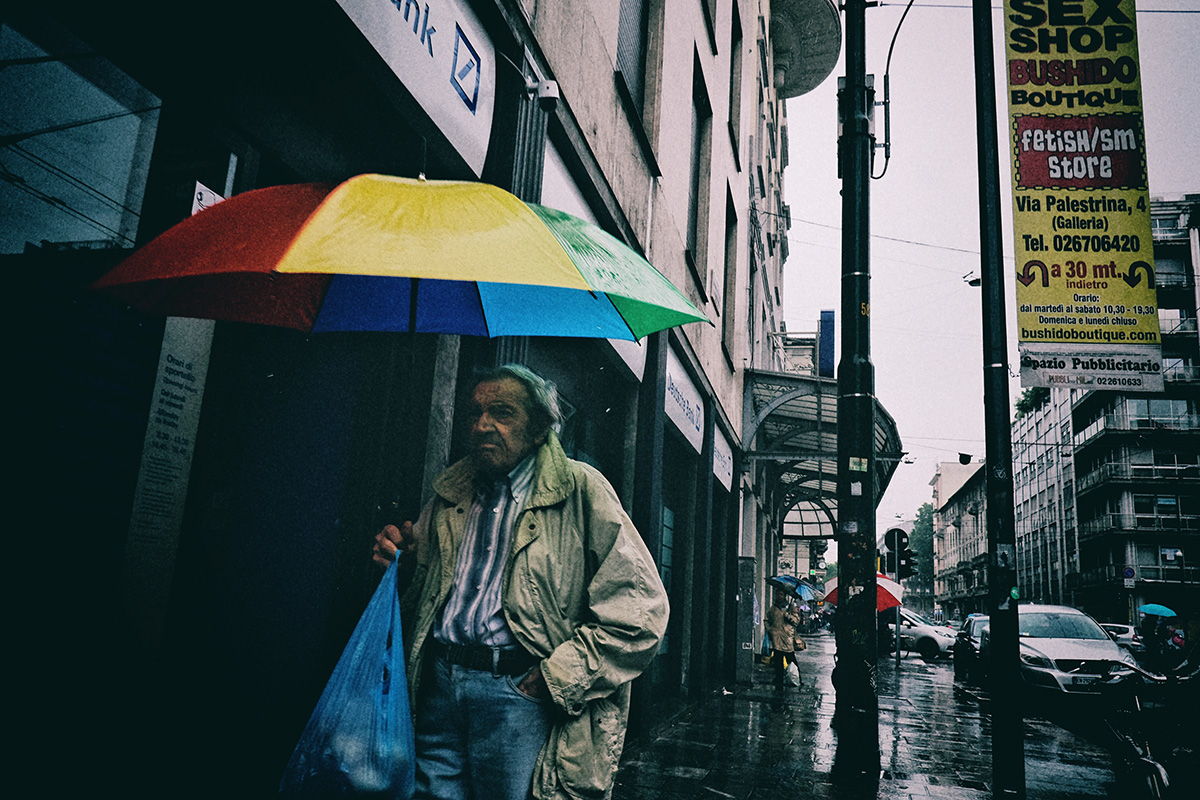

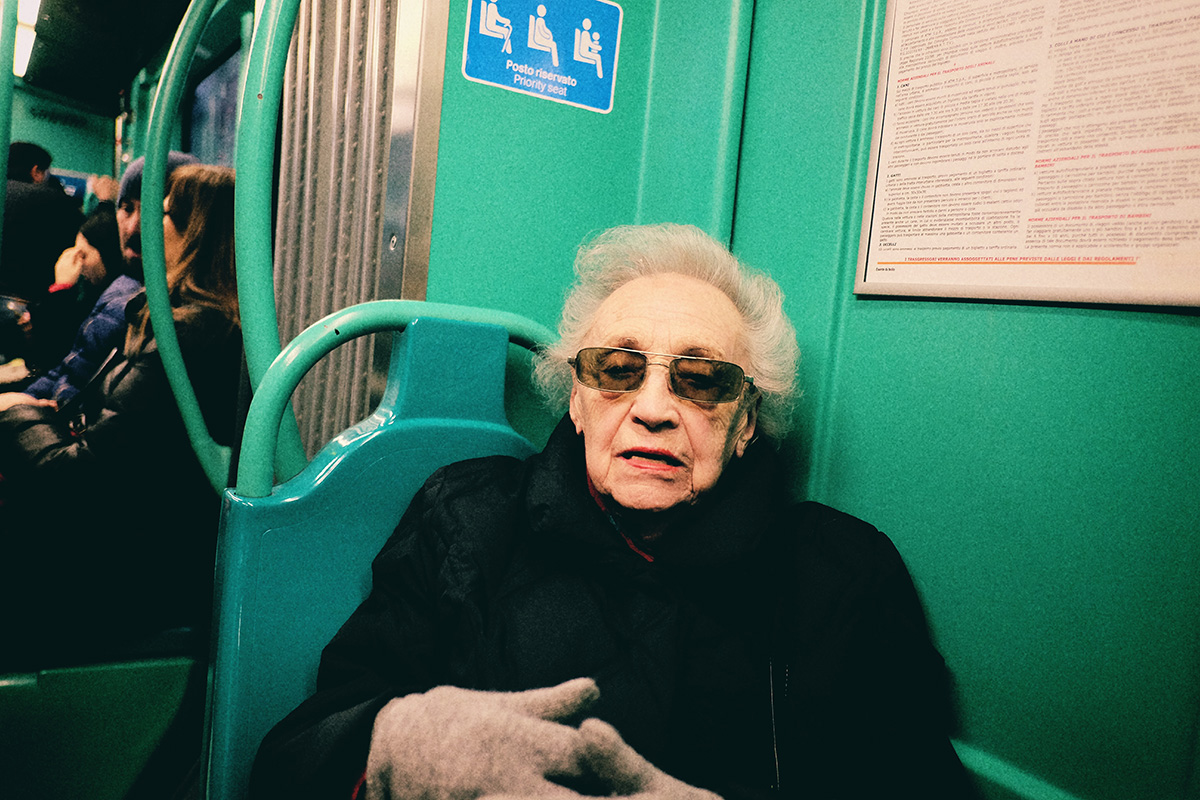

For how long have you been doing street photography?
During all of my life, I’ve been widely inspired by the Japanese functional simplicity, its natural sense of imperfect beauty and its everyday contrasts.
As a pleasant twist of fate, I started streetphotography in my beloved Japan, much likely thrilled by its interesting culture, sensual scents and vibrant-to-zencity mood.
Those series range from daily life streetphotography to psychedelic double-exposures, generally talking of human beings and finally converging to a continuous research of myself.
In my personal opinion, streetphotography is about feeling the city, its sounds, scents and lights; the boundary in between to observe and to live a city is the most efficient and fun way to do Streetphotography.
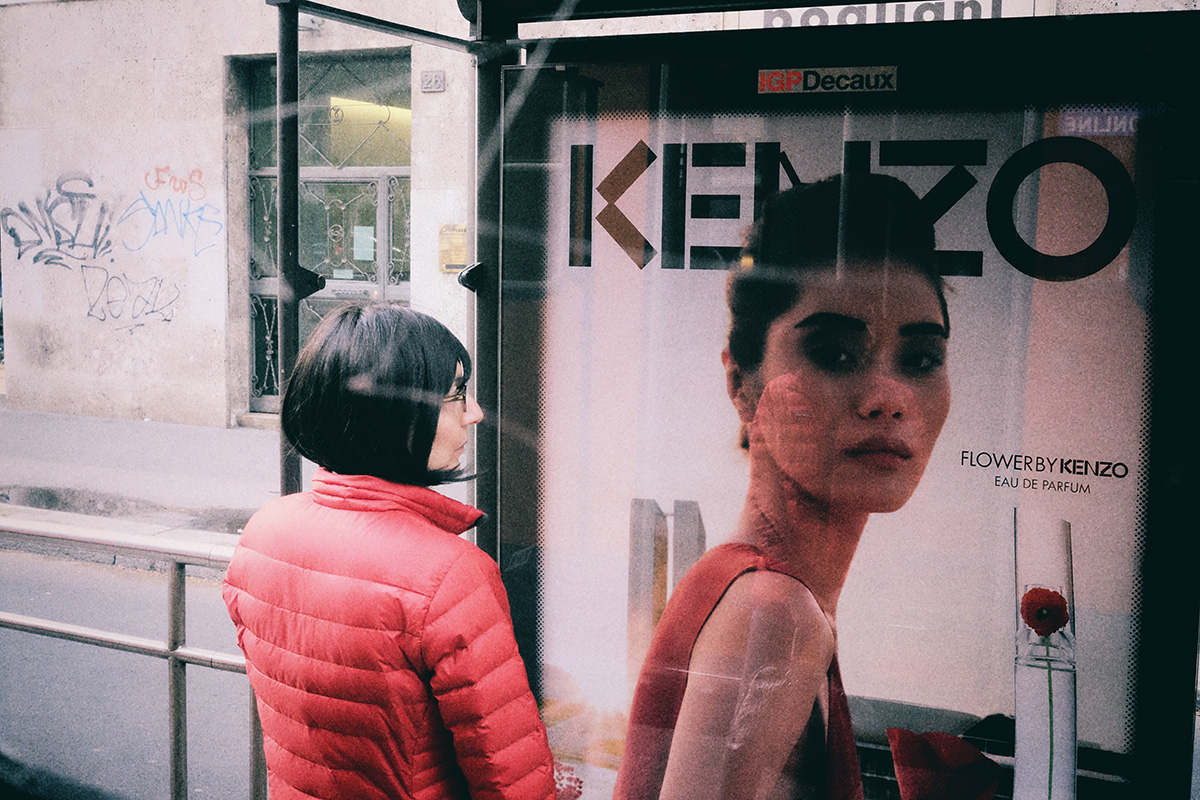

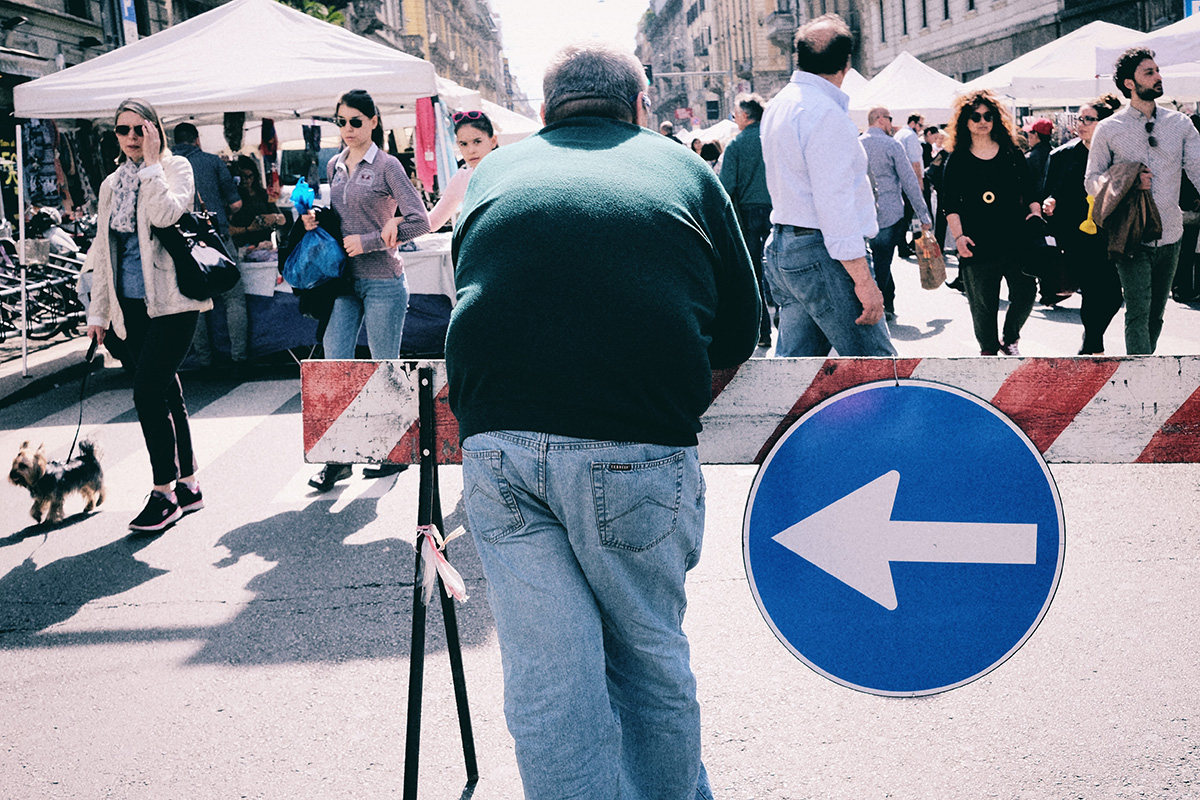

Do you remember your first camera when you started this photographic journey?
I started my photographic journey with a Zenith film camera (a very cheap deal on ebay) together with a plastic Holga (oddly, more expensive) which trained me to a different “artistic” degree.
Later in the years, I switched to digital always keeping in mind the thrifty film approach when shooting: I used Sony and Canon DSLR.
Today, I use Fujifilm XE2 and Xpro2 only.
Which reasons made you switch to a Fujifilm camera?
I felt immediately in love with their lightweight compact design, small but sharp lenses and simple look (yet, so appealing).
I could finally carry a camera with me all the time, without the hassle of heavy weight also due to the lenses.
I believe these were the main reason for the switch, beside also the fascinating film rendition of the jpg straight out from the camera and Fujifilm kaizen approach to customer.
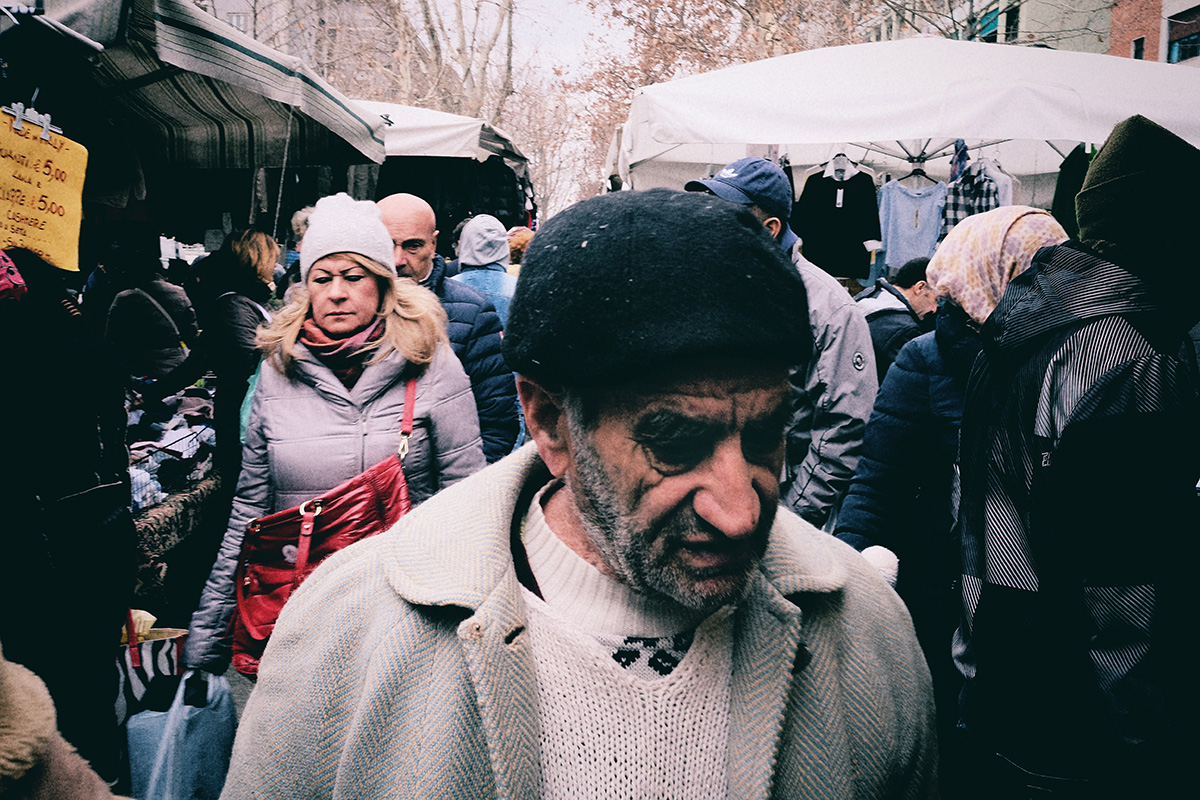

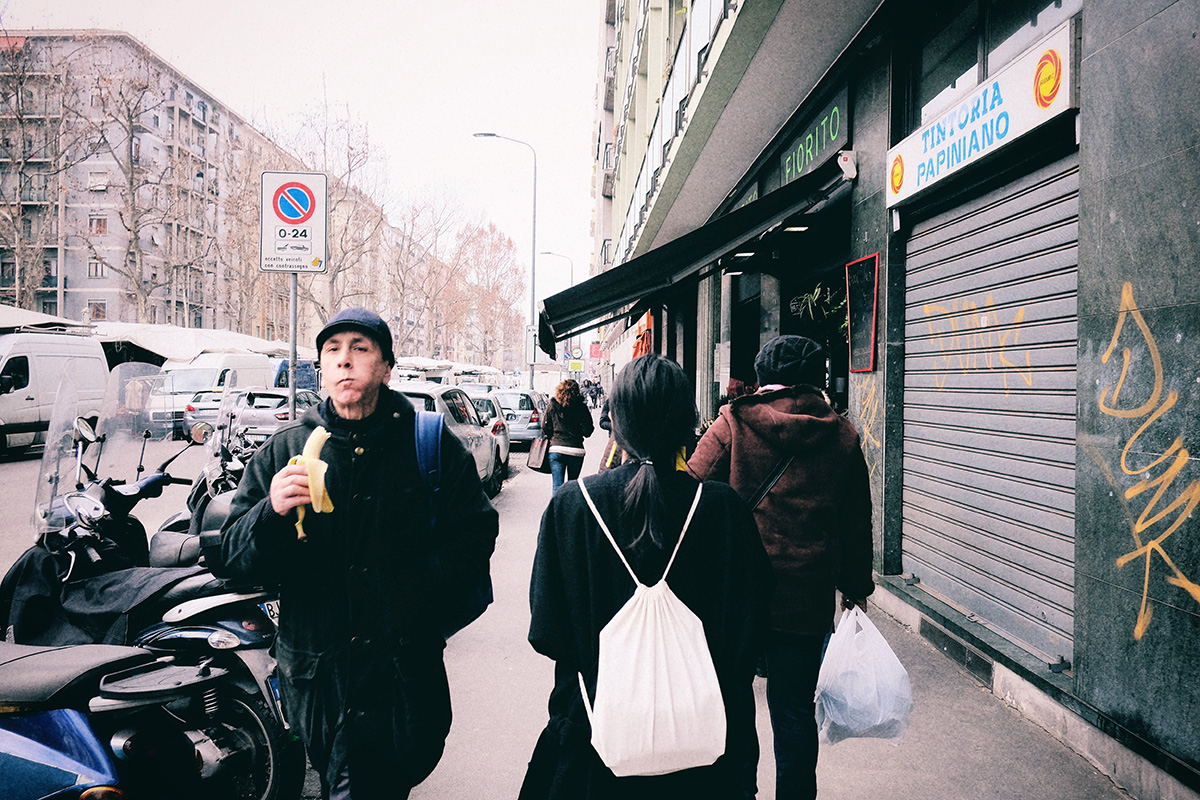

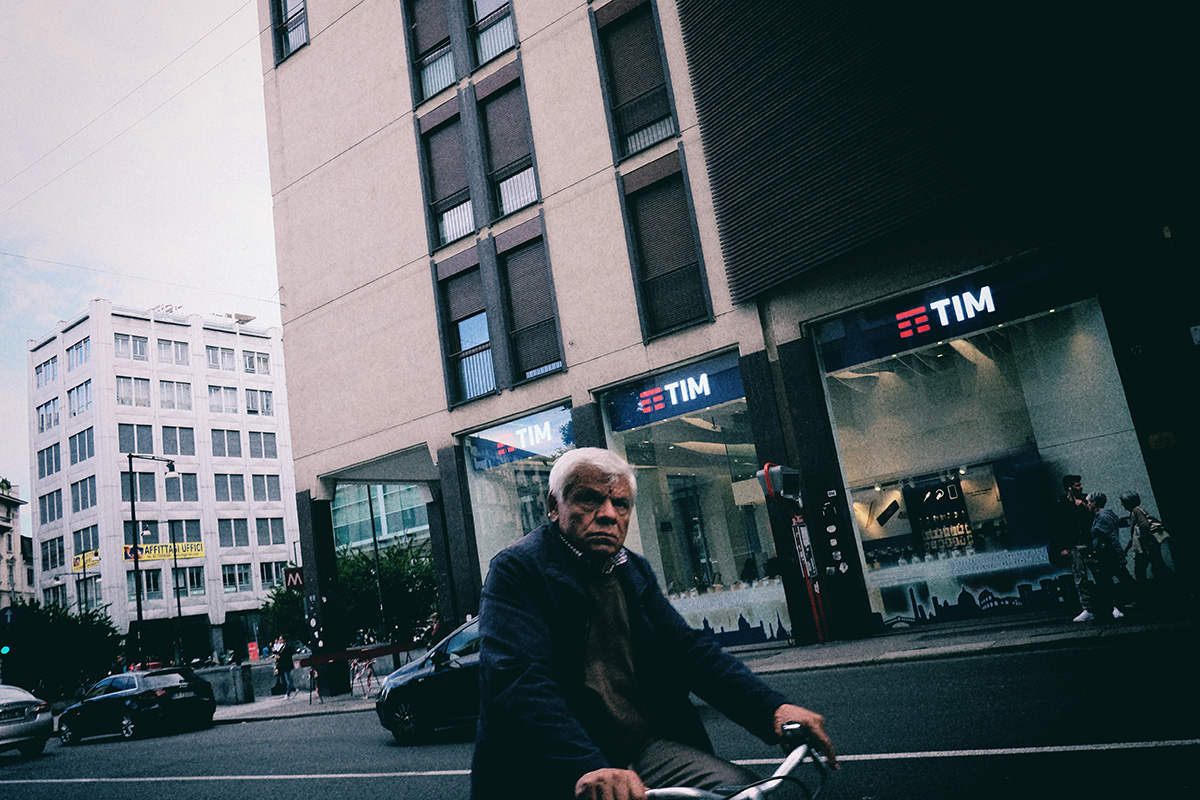

Do you believe the X-E2/X-Pro2 changed the way you photograph? Can you explain?
Yes, they truly helped me, expecially for streetphotography.
I mostly shoot candid; before, I was really afraid to take portrait-like picture of strangers and had to use tele-lens to avoid invading people’s private spaces.
Now, I am much more used and confident to approach a stranger in a really close way also due to the lovely silent shutter sound and the “minimal” look of the Fujis and their exceptional lenses.
Those cameras allowed me to overstep my fears and to feel more part of the city than a “threat”.
Could you please explain our readers the settings you use when shooting in the streets?
I mostly shoot in manual zone focus or hyperfocal focus: no lag for the camera to lock the focus thus more timely caught frame.
Sure, it needs some training before going shoot “blind” but a bit of practice and it will serve good.
For what concern other settings, eventhough I used to be a full manual boy, with Fujifilm I only adjust aperture.
Everything is so well balanced straight out from the camera, to leave to auto.
There are, anyhow, some situation in which manual adjust are mandatory to achieve the shot (i.e. astrophotography, night photography).
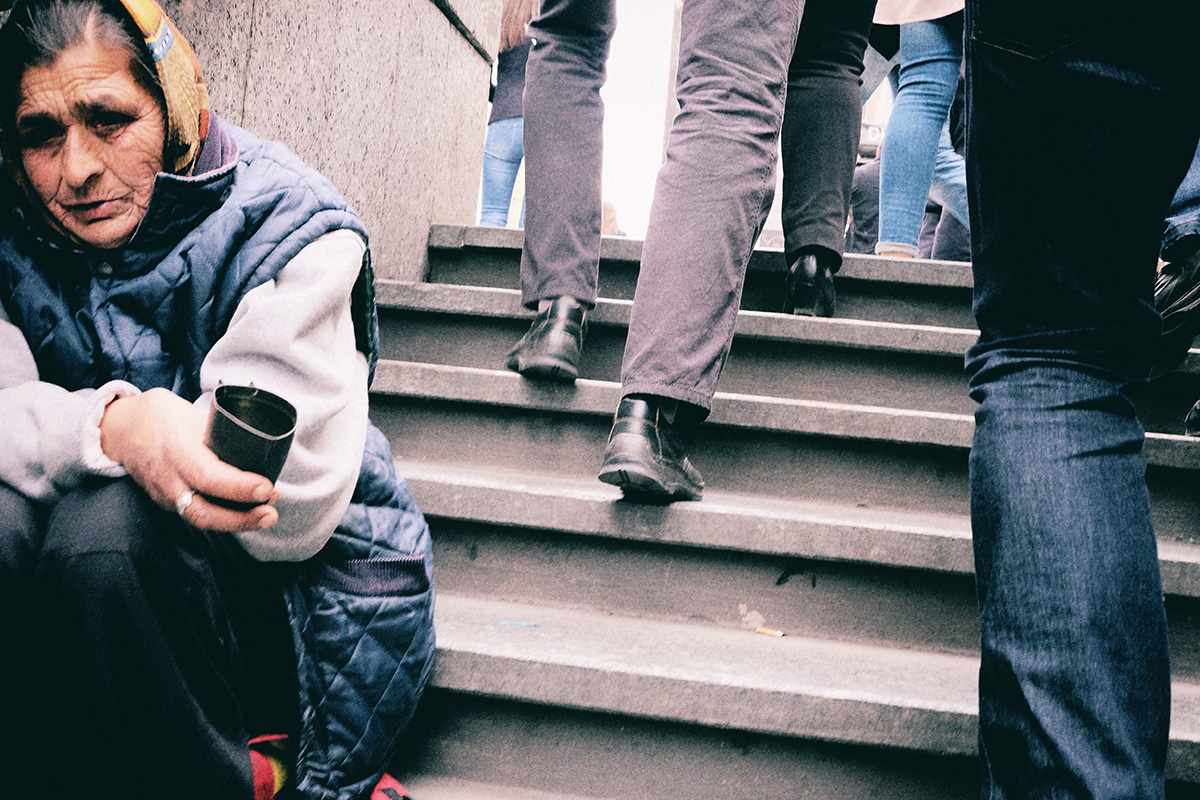

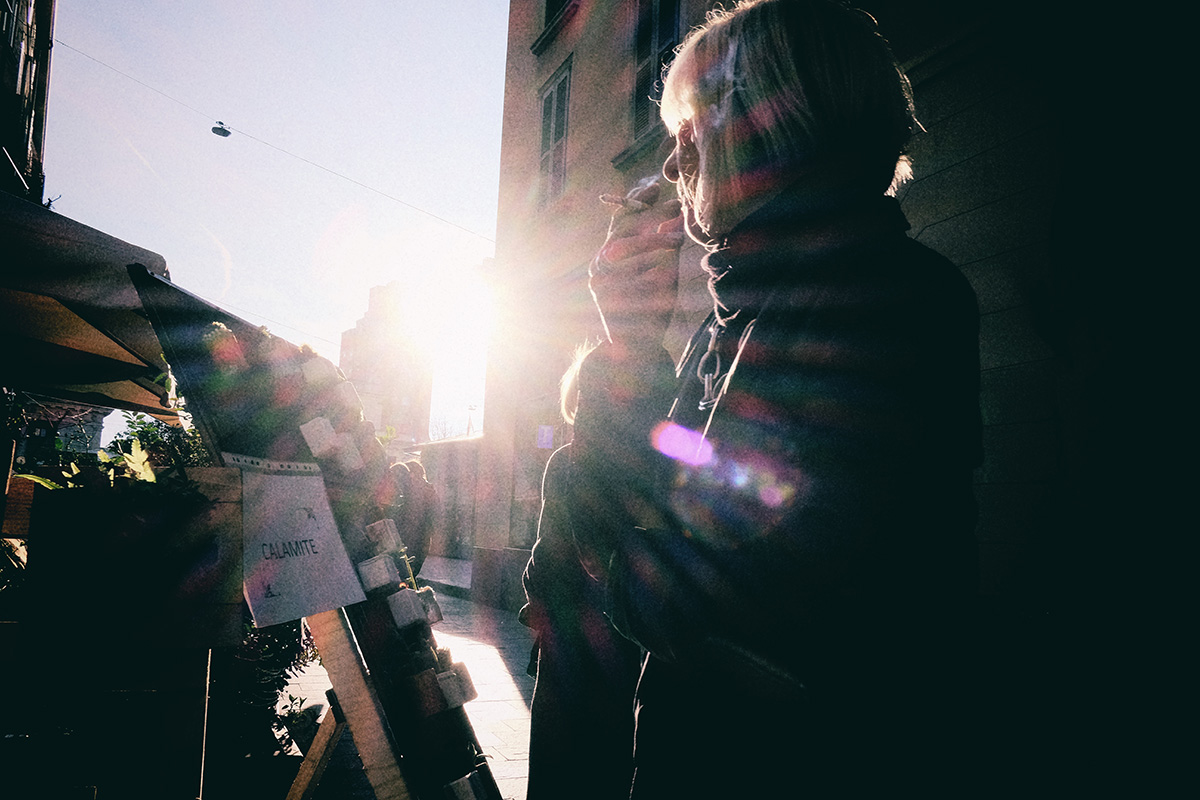

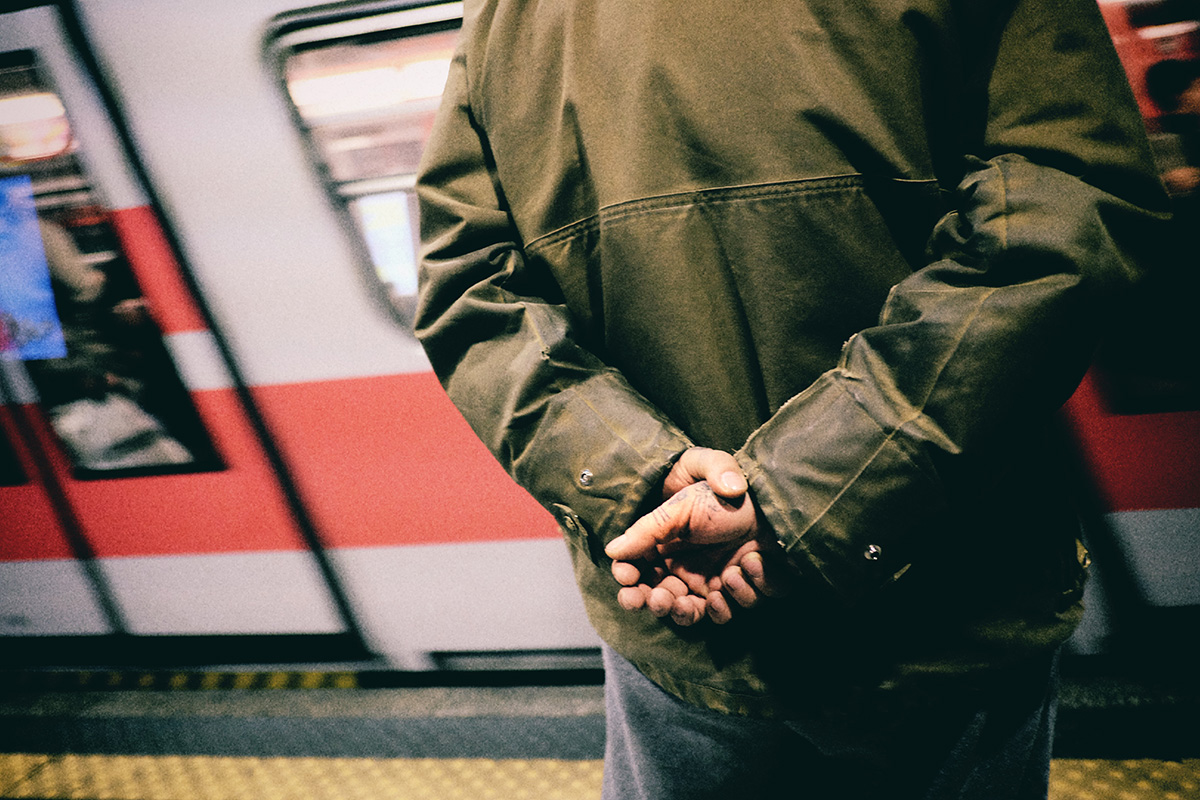

Which software you use to process the images? Could you describe your workflow?
Except for astrophotography, I shoot in jpg to avoid the need of heavy editing/adjusting.
In every other situation (99% of my shoots) shots are lightly edited on my iphone on the go (i.e. level and film filter), since I rather like to spend time in doing a good shot instead of adjusting it in front of a monitor.
My workflow is fairly simple: I send the pictures from the camera to my iphone trough the Fujifilm Cam Remote app (note: please Fujifilm update at least the design in compliance with ios9…), I adjust levels, if needed, through the fabulous Snapseed app and add some film filter through VSCO or Fotograf app (custom made filters). No other editing is done, and the resulted pictures are uploaded on Instagram/Eyeem, on a daily basis.
I also try to leave untouched the so-called “imperfection”, which basically are what makes the story behind a picture.
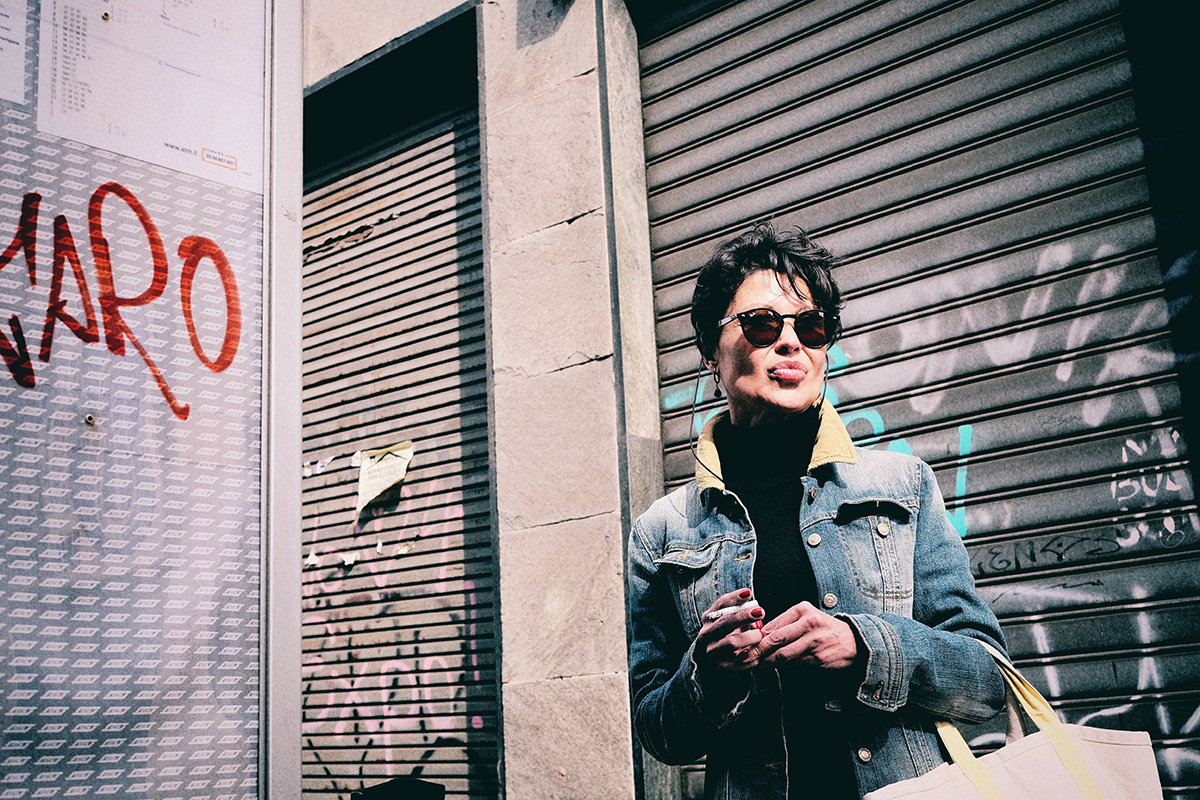

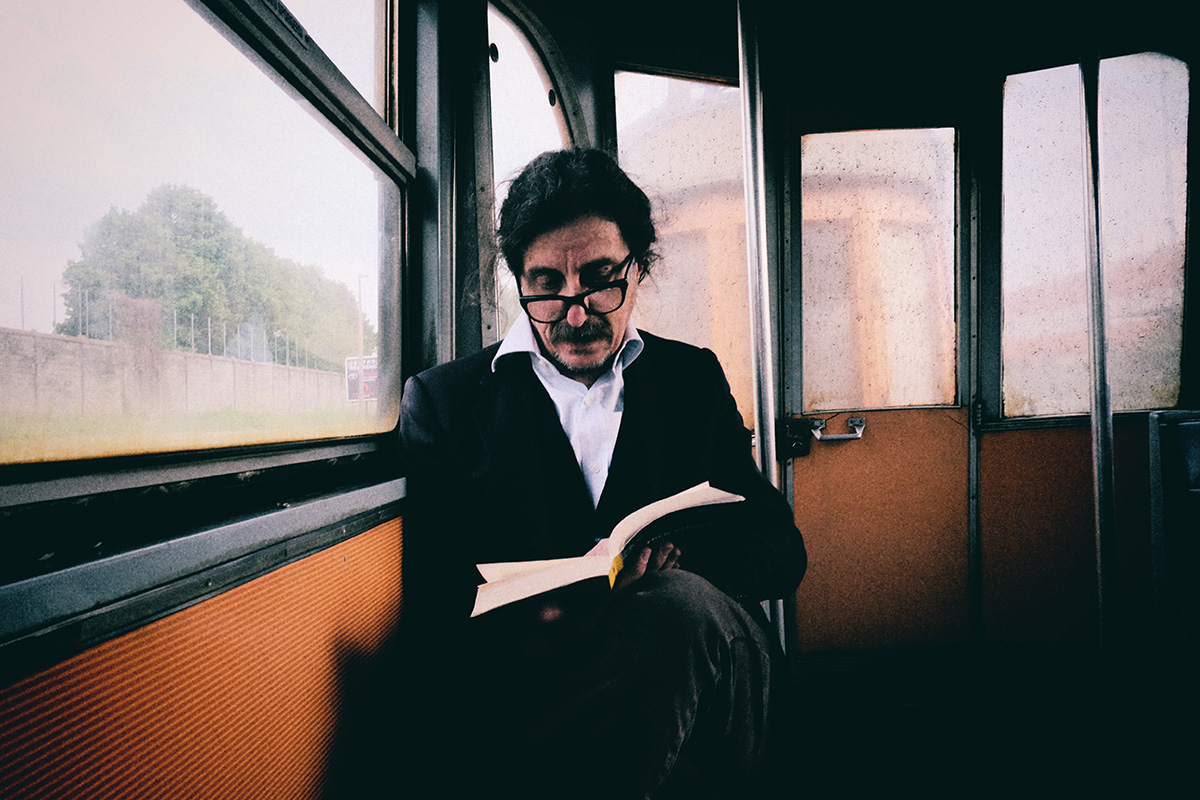

If you could ask Fuji to produce the perfect camera, how would it be?
From my point of view, today Fujifilm has already accomplished a perfect camera with the X-Pro2.
Beside some small firmware issues, I cannot think of anything this camera cannot do already, right now.
Instead, I would ask Fuji to focus its effort on a better battery management and to continue with its amazing Kaizen approach, which all of us customer appreciate the most.
Thank you Fuji X Passion for the opportunity to show my work, and to everyone reading this interesting blog/magazine.

